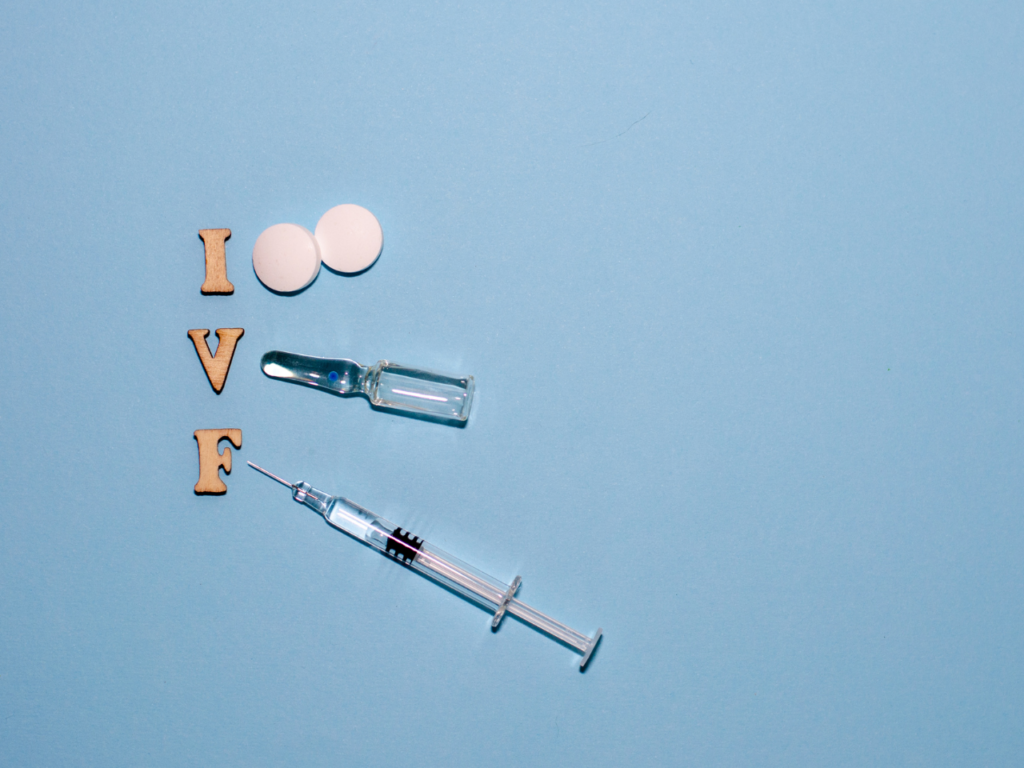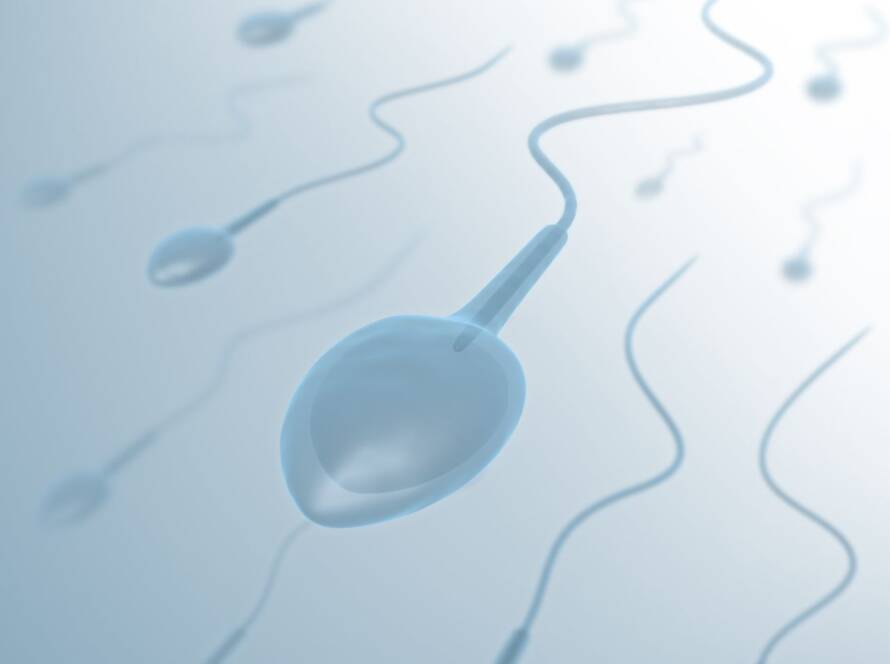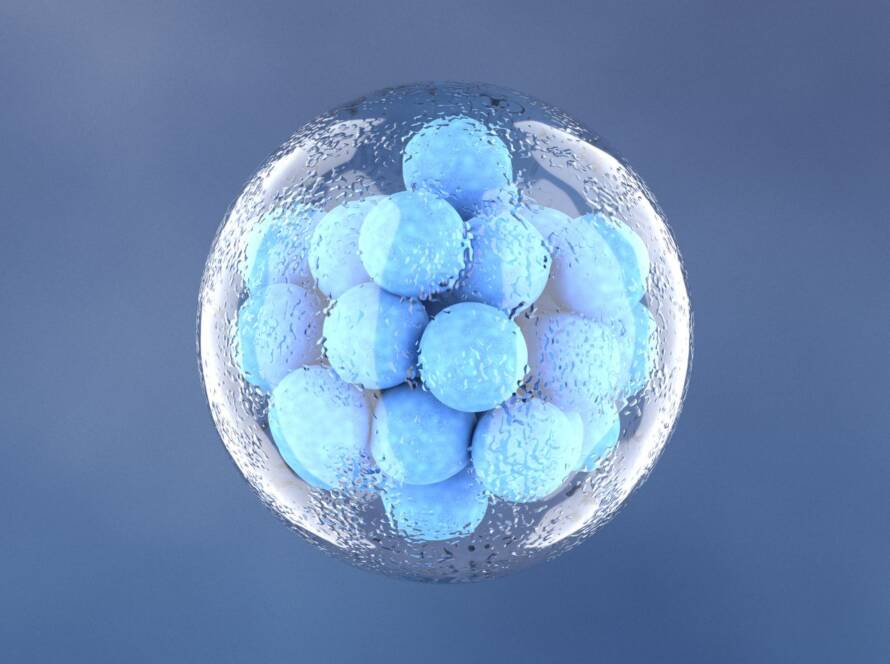Embarking on an IVF (In Vitro Fertilization) journey is both exciting and emotionally challenging. After an embryo transfer, the next crucial step is implantation—when the embryo attaches itself to the uterine lining, marking the beginning of pregnancy.
Many women eagerly wait for signs of implantation and wonder if certain symptoms indicate a successful outcome. While some may notice changes, others may not experience any noticeable signs. At Mithran Fertility Center, Chidambaram, we provide comprehensive guidance and monitoring after embryo transfer to ensure the best chances of implantation success.
In this blog, we’ll explore the signs of successful implantation after IVF, the typical timeline, and what you should expect during this critical phase.
What Happens During Embryo Implantation After IVF?
After embryo transfer, the fertilized embryo moves through various stages:
Day 1-3: The embryo continues dividing and growing.
Day 4-5: The embryo reaches the blastocyst stage, ready for implantation.
Day 6-10: Implantation occurs when the embryo attaches to the uterine lining.
During this phase, the uterine lining thickens, providing a nourishing environment for the embryo to implant and grow. Successful implantation triggers the release of HCG (human chorionic gonadotropin), the hormone detected in pregnancy tests.
Timeline of Embryo Implantation After IVF
Day 1-3 Post Transfer: The embryo continues dividing, and the uterine lining becomes more receptive to implantation.
Day 4-5 Post Transfer: The blastocyst hatches and prepares to attach to the uterus. This is the most crucial period for successful implantation.
Day 6-10 Post Transfer: Implantation occurs, and the embryo embeds itself into the uterine lining. This triggers the production of hCG, which supports early pregnancy.
Common Signs of Successful Implantation After IVF
1. Light Spotting or Implantation Bleeding
One of the earliest and most common signs of implantation is light spotting or bleeding, which occurs as the embryo burrows into the uterine lining.
Characteristics of Implantation Bleeding:
- Light pink or brownish discharge.
- Occurs 6-10 days after embryo transfer.
- Lasts for 1-2 days.
- Tip: Don’t panic if you notice light spotting—it’s often a positive sign of implantation!
2. Mild Cramping or Discomfort:
- Mild cramps, similar to menstrual cramps, may be felt during implantation.
- These cramps are usually localized in the lower abdomen and occur 5-7 days post transfer.
Why It Happens: As the embryo implants, the uterine lining undergoes changes, which can cause mild discomfort.
Tip: Mild cramps are normal, but severe or persistent pain should be reported to your doctor.
3. Fatigue and Tiredness:
A sudden increase in progesterone levels post-implantation may lead to fatigue and excessive tiredness.
When to Expect: Fatigue may occur 5-7 days post transfer and continue as hormone levels rise.
Feeling unusually tired without much physical exertion is common.
Tip: Get plenty of rest and maintain a healthy diet to support early pregnancy.
4. Elevated Basal Body Temperature (BBT)
- If you’ve been tracking your basal body temperature (BBT), you may notice a slight increase after implantation. Consistently higher BBT indicates a positive hormonal shift.
- BBT Pattern: Sustained increase by 0.5-1°F after implantation.
- Elevated temperature lasts beyond 18 days post-ovulation.
- Tip: Monitoring BBT is an excellent way to track early pregnancy signs.
5. Breast Tenderness and Sensitivity:
- Rising levels of estrogen and progesterone can cause breast tenderness and swelling post-implantation.
- What to Expect:Soreness, tingling, or fullness in the breasts.
- Increased sensitivity, especially around the nipples.
- Tip: Wear a comfortable bra to alleviate discomfort.
6. Nausea and Morning Sickness
- While nausea typically starts around week 6 of pregnancy, some women may experience mild nausea a few days after successful implantation due to rising hCG levels.
- When It Occurs: Early nausea can appear 7-10 days post transfer.
- Usually mild and may subside as the body adjusts to hormonal changes.
- Tip: Sip on ginger tea or eat small, frequent meals to ease nausea.
7. Increased Vaginal Discharge
- A slight increase in vaginal discharge post-implantation is normal. This discharge is usually clear or milky white and results from increased estrogen levels.
- Why It Happens: The cervix produces mucus to protect the growing embryo.
- Increased discharge is a sign of early pregnancy.
- Tip: Wear breathable underwear to stay comfortable.
What Is Normal vs. What Requires Medical Attention?

1. Normal Symptoms:
- Light spotting or bleeding.
- Mild cramps and discomfort.
- Increased fatigue and breast tenderness.
When to Seek Medical Help:
- Heavy bleeding or bright red blood.
- Severe abdominal pain or cramping.
- High fever or chills.
- Tip: Contact your fertility specialist immediately if you experience any abnormal symptoms.
Factors That Influence Implantation Success
1. Embryo Quality :
High-quality embryos have a higher chance of successful implantation.
🩸 2. Uterine Lining Thickness:
A thick and receptive uterine lining (8-12 mm) supports successful implantation.
🧪 3. Hormonal Balance:
Optimal levels of estrogen and progesterone create the ideal environment for implantation.
🥗 4. Lifestyle and Diet
Maintaining a healthy lifestyle with a balanced diet improves implantation success.
Why Choose Mithran Fertility Center for IVF Preparation?
At Mithran Fertility Center, Chidambaram, we provide:
✅ Personalized Pre-IVF Preparation Plans
✅ Expert Guidance on Diet, Supplements, and Lifestyle Changes
✅ Emotional and Psychological Support Throughout the IVF Journey
✅ High Success Rates with State-of-the-Art IVF Techniques
FAQs
Implantation typically occurs 6-10 days after embryo transfer, depending on the embryo’s development stage.
Yes, implantation bleeding is a positive sign that the embryo has attached to the uterine lining.
Yes, supplements like folic acid, CoQ10, and omega-3 fatty acids can enhance fertility and increase success rates.
Avoid heavy lifting, strenuous exercise, smoking, and alcohol after embryo transfer to support implantation.
A beta hCG blood test is usually performed 12-14 days post transfer to confirm pregnancy.
Conclusion
Understanding the signs of successful implantation after IVF can help ease anxiety during the two-week wait. While spotting, mild cramps, and breast tenderness are common, remember that every journey is unique. At Mithran Fertility Center, Chidambaram, we provide expert care and support to ensure the best possible outcom



